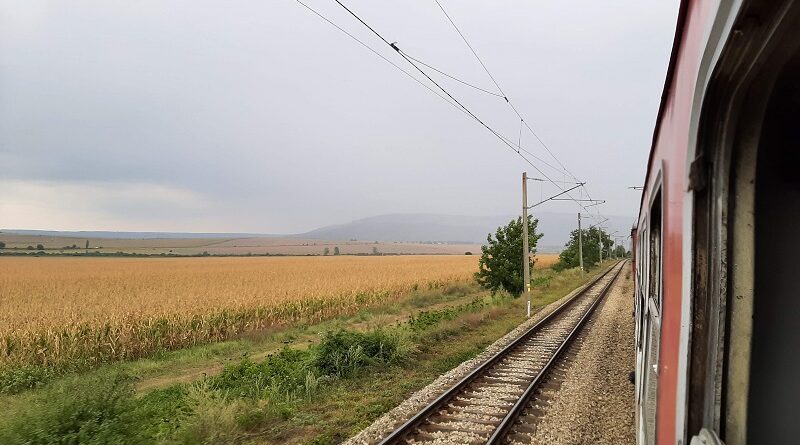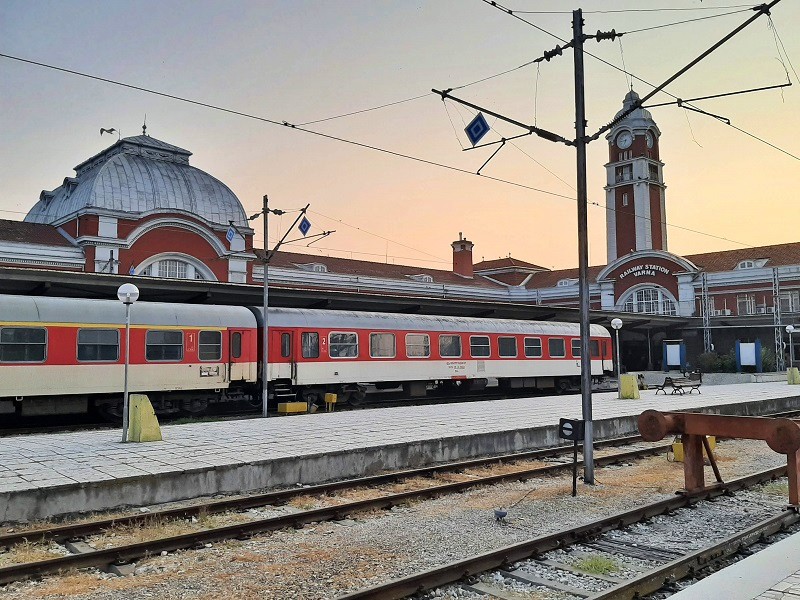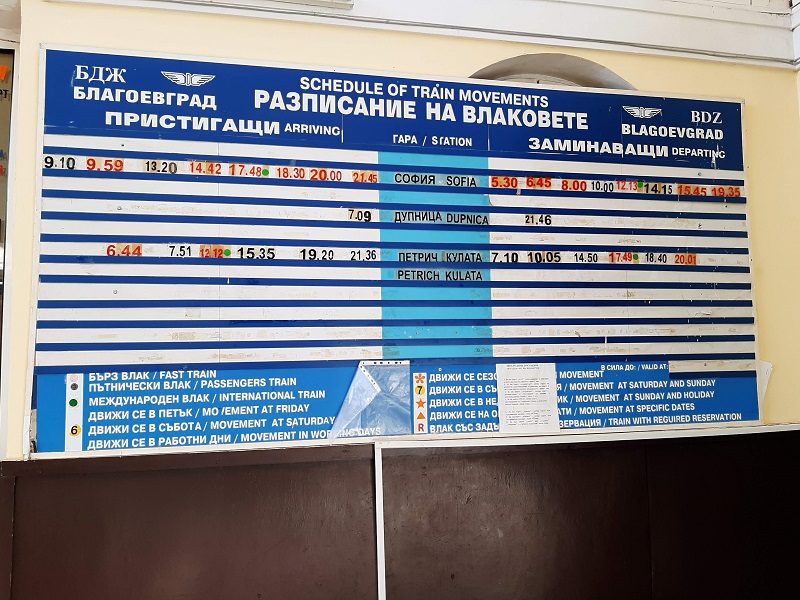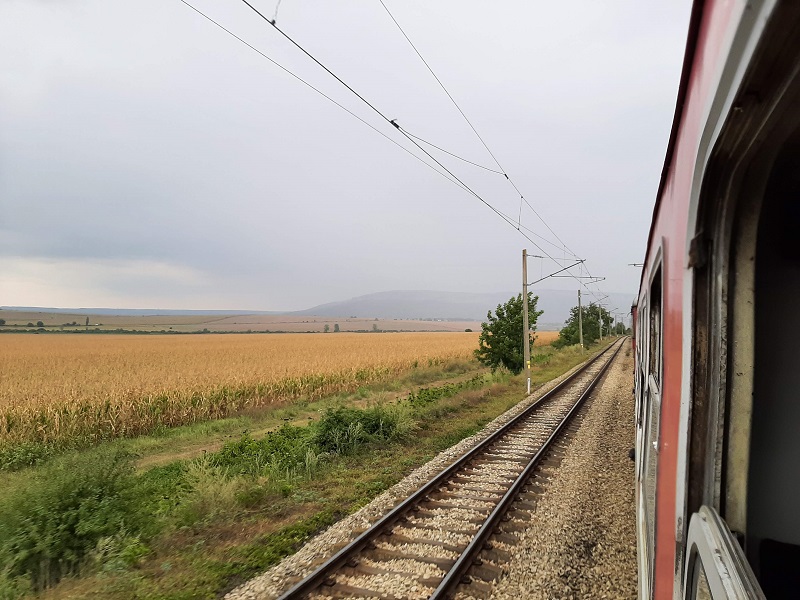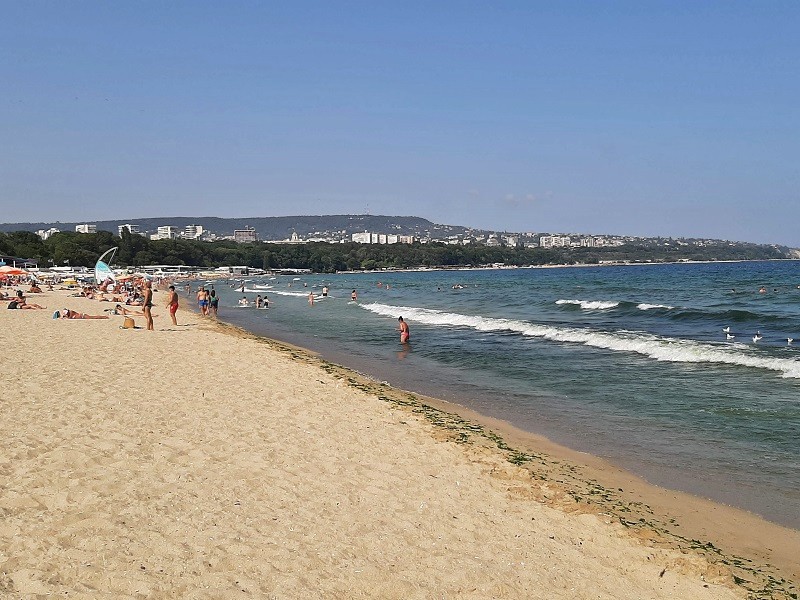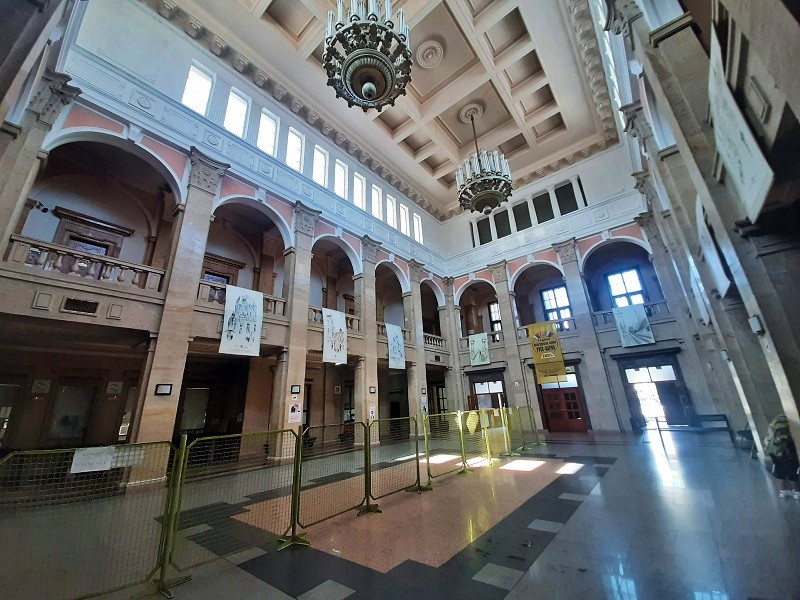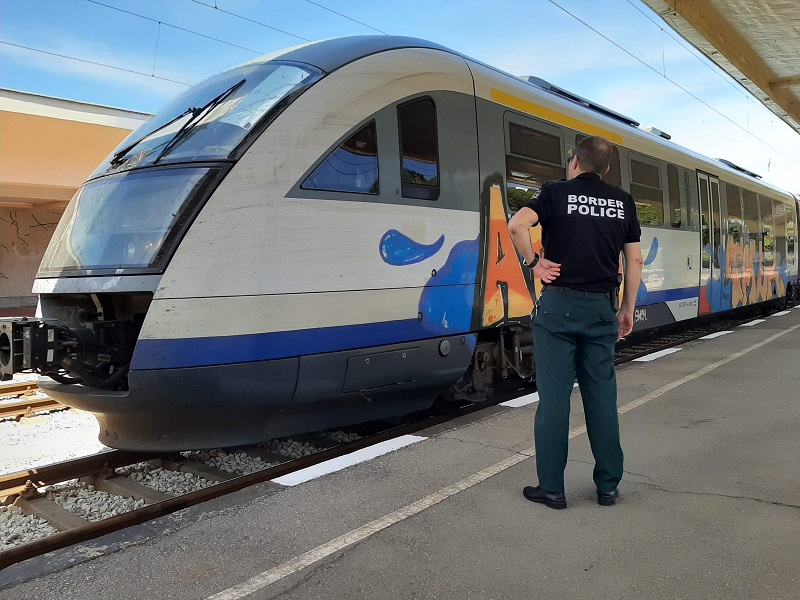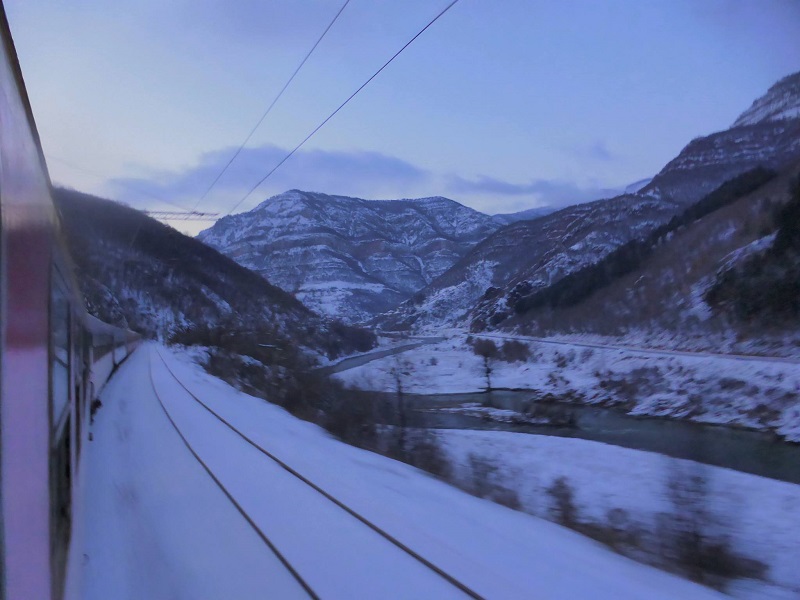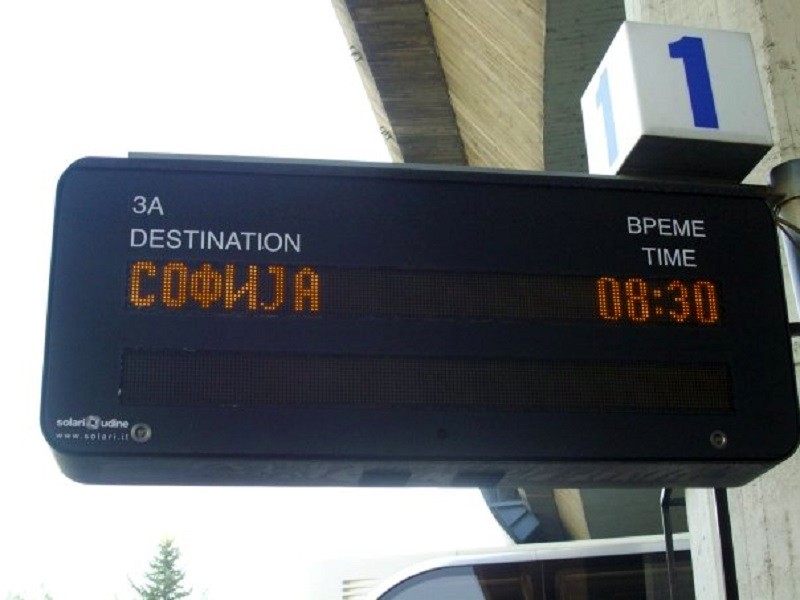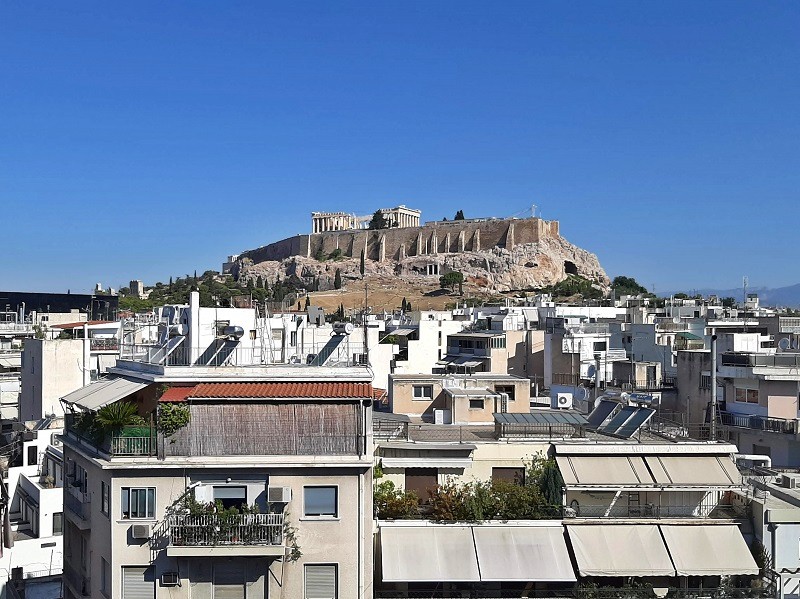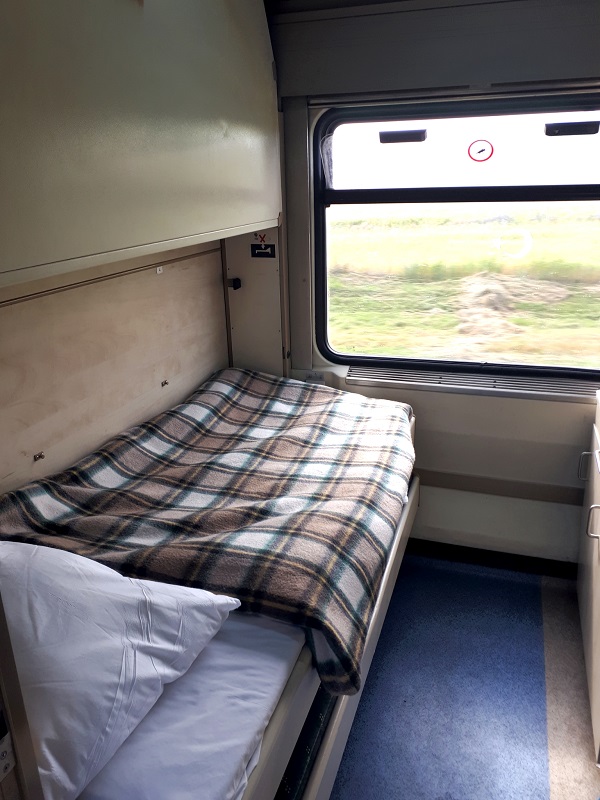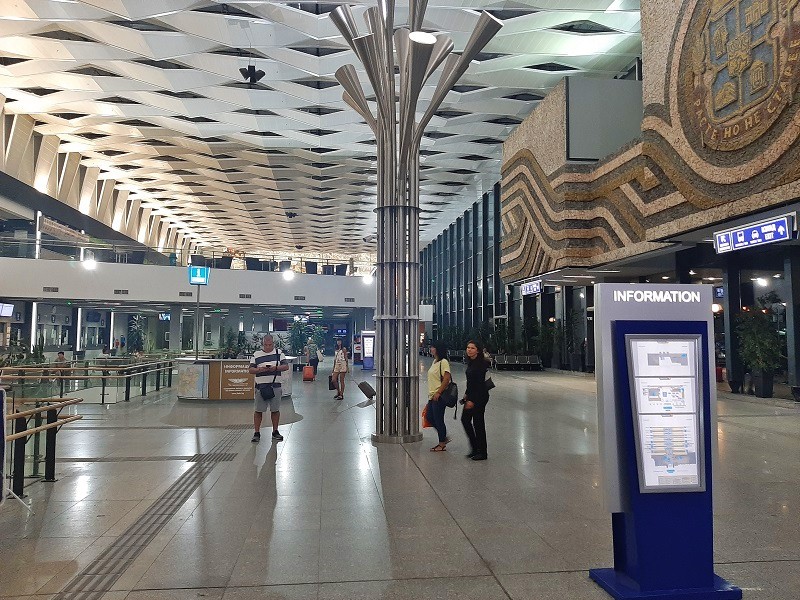Ultimate Train Travel Guide for Bulgaria
This guide provides all the information you need to know about train travel in Bulgaria, including details about the country’s railway network, international trains, and night trains.
Trains in Bulgaria
The train is a great option if you want to travel across Bulgaria, as it connects most of the important tourist destinations in the country.
Whether you want to visit the Bulgarian capital of Sofia, historic Plovdiv, beautiful Veliko Tarnovo, or want to head out to the Black Sea beaches around Varna or Burgas, the train will take you there.
Although train travel in Bulgaria might not always be fast due to the mountainous nature of the country and old rail infrastructure, it is highly affordable and often scenic too.
When it comes to international rail connections, the picture isn’t as great, as lots of cross-border trains from Bulgaria to neighbouring countries have sadly been discontinued in the last decade.
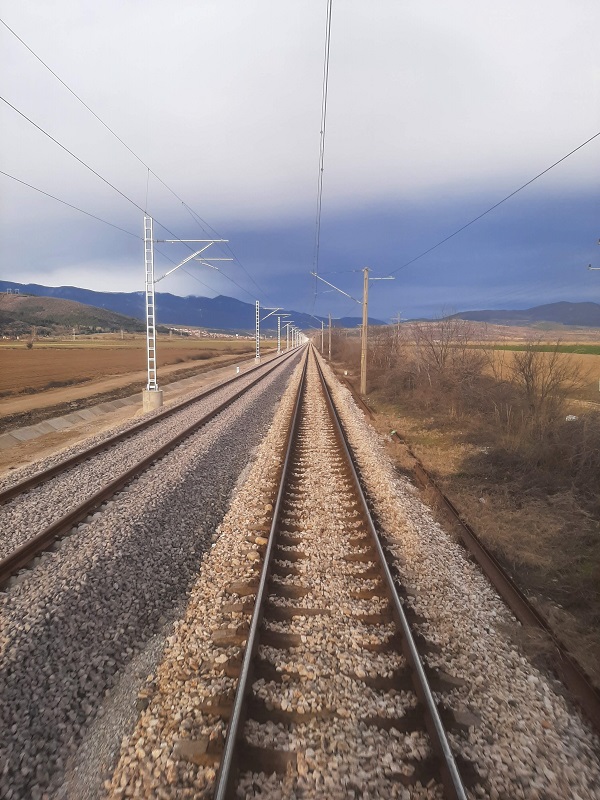
The Bulgarian railway network
The Bulgarian railway network reflects the geography of the country, which is characterised by two mountain ranges (the Balkan Mountains and Rhodope Mountains) running from west to east.
This means that most railway lines in Bulgaria run parallel to these mountain chains from the west to the east, while there are only a few north-south railway lines crossing the mountains.
Located in the west of the country, the Bulgarian capital of Sofia forms the heart of the railway network, while cities and towns such as Plovdiv, Dimitrovgrad, Gorna Oryahovitsa, and Ruse, form important railway junctions.
Bulgaria’s most important railway lines run from Sofia towards the port cities of Varna and Burgas on the Bulgarian Black Sea coast, with one line running from Sofia to Burgas via Plovdiv, and another line running from Sofia to Varna via Gorna Oryahovitsa.
The most important north-south axis runs from Ruse on the border with Romania via Gorna Oryahovitsa, Veliko Tarnavo and Stara Zagora to Dimitrovgrad, where it joins the mainline from Sofia and Plovdiv towards the Turkish border.
Another important north-south line links Vidin on the Romanian border with Sofia and Kulata on the border with Greece.
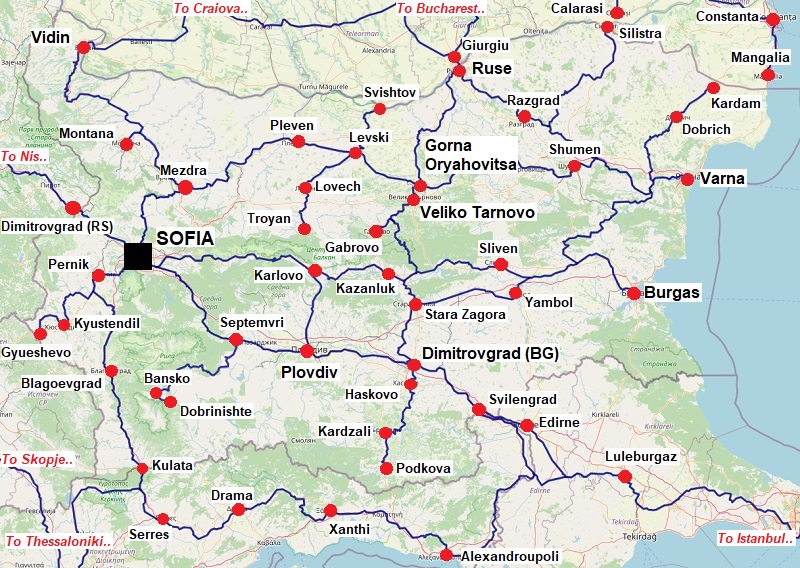
Train operators
Train types
Trains in Bulgaria are categorised into five different types, namely:
BVZR (БВЗР in Cyrillic): A fast train with obligatory reservation
MBV (МБВ): International fast train
BV (БВ): Fast train
PV (ПВ): Passenger train
KPV (КПВ): Local passenger train
Seat reservations are obligatory for BVZR trains, as well as MBV trains on cross-border routes (but not when using a MBV train for domestic travel).
For MBV trains on domestic routes, as well as BV trains, reservations are optional, but not mandatory.
How are Bulgarian trains likes

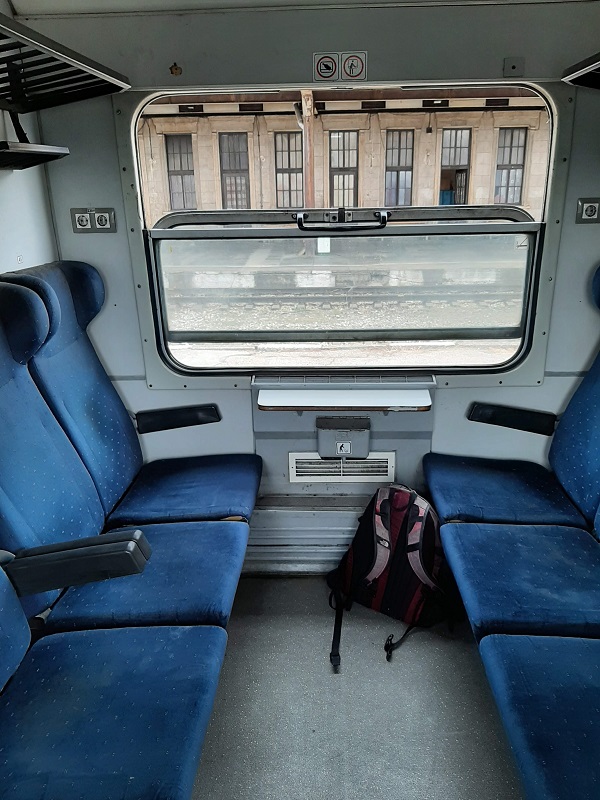
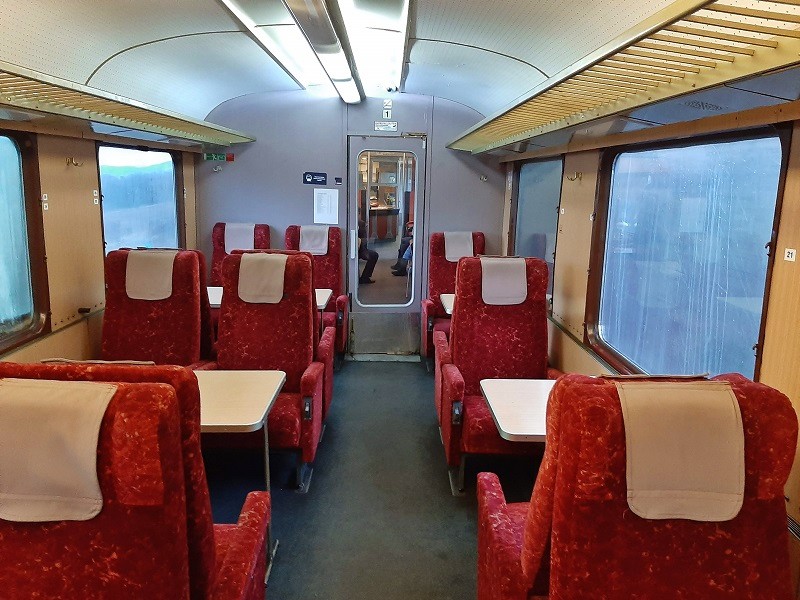
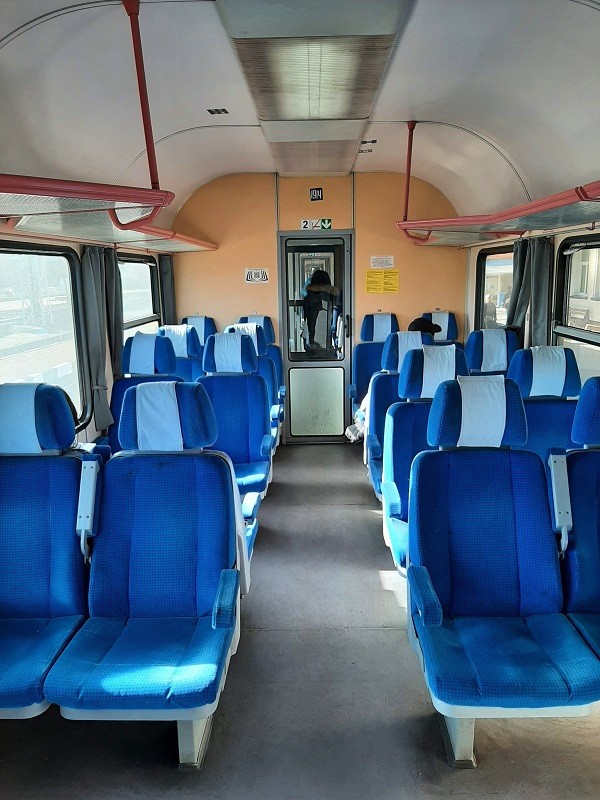
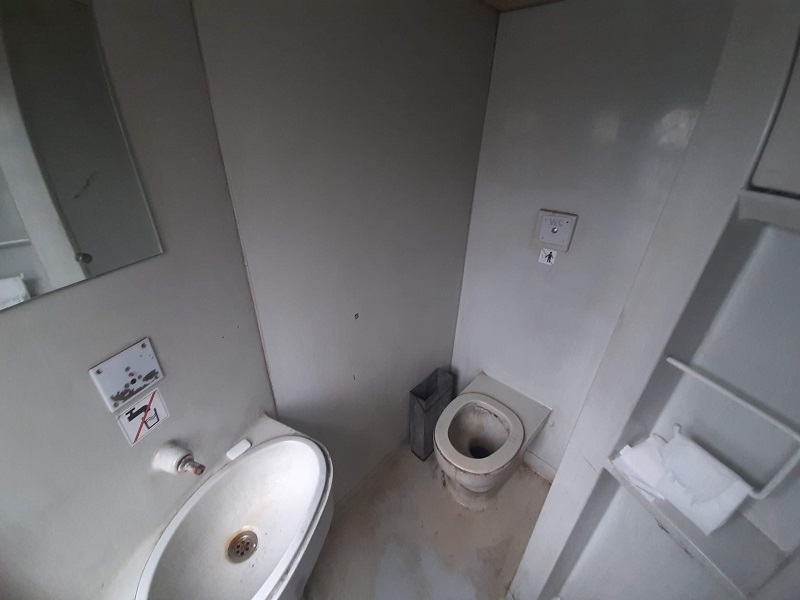
Dining cars on Bulgarian trains
Although some Bulgarian trains have dining cars, they are a relatively rare occurrence, and you need to have some luck finding one attached to your train.
A dining car is usually attached to the Sofia-Plovdiv-Burgas train, and you can also find a dining car on some trains on the Rhodopes narrow-gauge railway line from Septemvri to Dobrinishte.
If you travel by train in Bulgaria, it’s therefore best to always bring your own food and drinks with you.
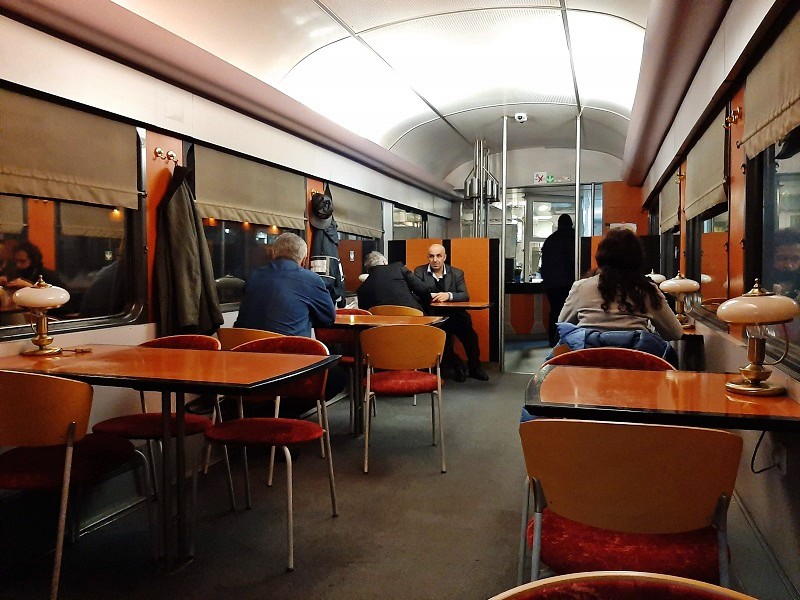
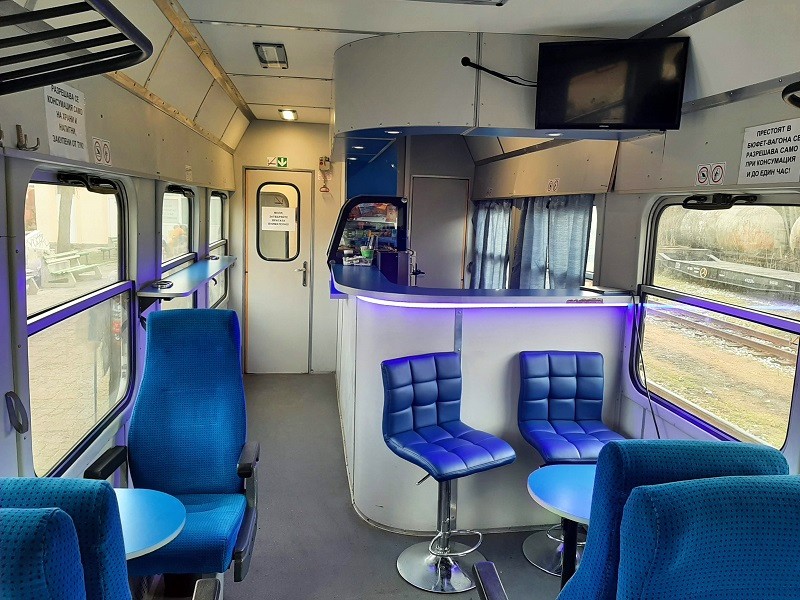
How are Bulgarian night trains like
Over the last few years, the Bulgarian State Railways have acquired dozens of modern Turkish sleeping cars that meet all modern standards.
Although the Bulgarian State Railways also owns much older sleeper and couchette cars (usually with 6 berths per compartment), they are becoming increasingly rare on the Bulgarian railway tracks.
These Bulgarian sleeper compartments can be booked as ‘berth 2nd class’, ‘berth 1st class’, and ‘berth business class’.
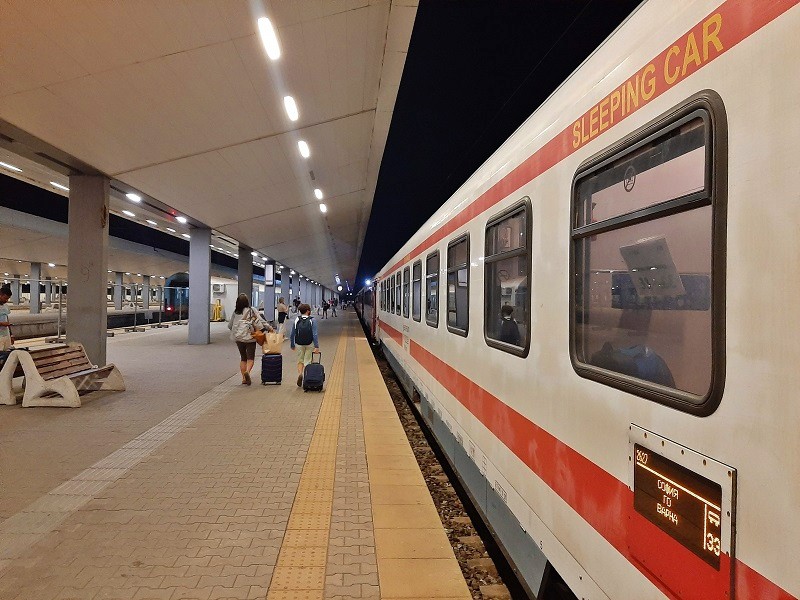
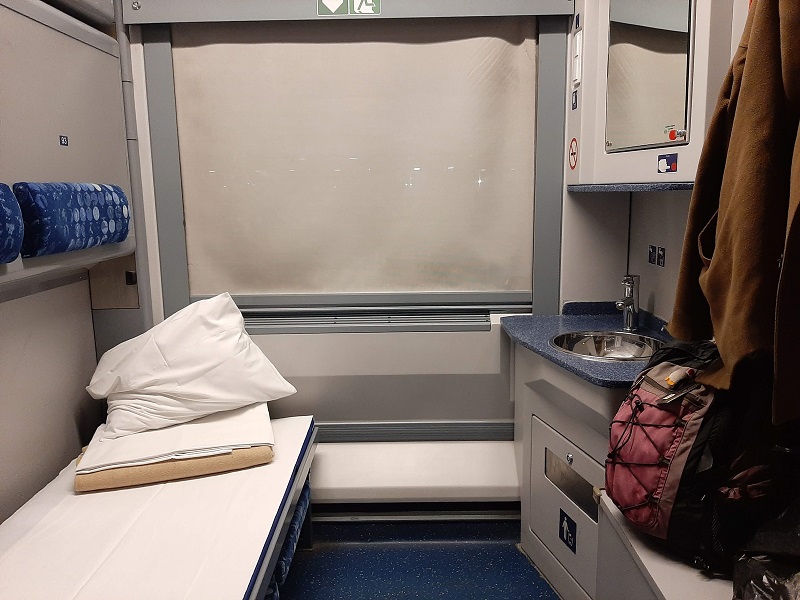
Bulgarian night train routes
Travelling by train to and from Bulgaria
International day trains to Bulgaria
Let’s take a look at all the international rail connections between Bulgaria and its neighbours.
Bulgaria to Romania via Ruse
There is a railway bridge across the Danube between Vidin and Calafat, as well as between Ruse and Giurgiu, which forms the main rail link between Bulgaria and Romania.
There is just one train a day in each direction between Ruse and Bucharest over this bridge, which is called the Friendship Bridge.
This train, a simple railcar, is operated by CFR (Căile Ferate Române), the national railway company of Romania.
Bulgaria to Turkey
There are currently no daytime trains between Bulgaria and Turkey.
However, there is a sleeper train linking Sofia with Istanbul, which is detailed in the relevant chapter about international night trains below.
Bulgaria to Serbia
First, the direct sleeper train from Sofia to Belgrade was discontinued.
In the last few years, the service was cut back to just a daily train running from Sofia to Dimitrovgrad just across the Bulgarian-Serbian border (not to be confused with the Bulgarian city of Dimitrovgrad near the border with Turkey).
However, with no trains running between Dimitrovgrad and Niš, this left a major gap on the rail route between Sofia and Belgrade.
Now even the train service from Sofia to Dimitrovgrad has been suspended, requiring travellers to take a bus from Sofia to Niš, from where you can take an onward train to Belgrade.
The bus service between Sofia and Niš is operated by Niš Ekspres.

Bulgaria to North Macedonia
There is currently no rail connection between Bulgaria and North Macedonia.
At the moment, infrequent trains only run as far as Gyueshevo a few miles short of the North Macedonian border.
Bulgaria to Greece
There used to be daytime services between Sofia and Thessaloniki, as well as a night train from Bucharest via Sofia to Thessaloniki.
Indeed, some of these trains once ran all the way south to Athens!
However, these trains have all sadly been discontinued, and currently there are only trains going from Sofia as far south as Kulata, just short of the actual border with Greece.
The situation in the region of Thrace in eastern Bulgaria doesn’t look any better, as there are currently no international passenger trains running on the railway line between Svilengrad and Alexandroupoli.
Again, there is no real alternative here besides the bus, with the busy route from Sofia to Thessaloniki being the most convenient option.
International night trains to Bulgaria
Interrail and Eurail in Bulgaria
If you possess an Interrail or Eurail Global Pass, your train travel in Bulgaria will be covered by it.
Note that seat reservations are obligatory for BVZR trains, as well as on the international MBV trains on cross-border routes.
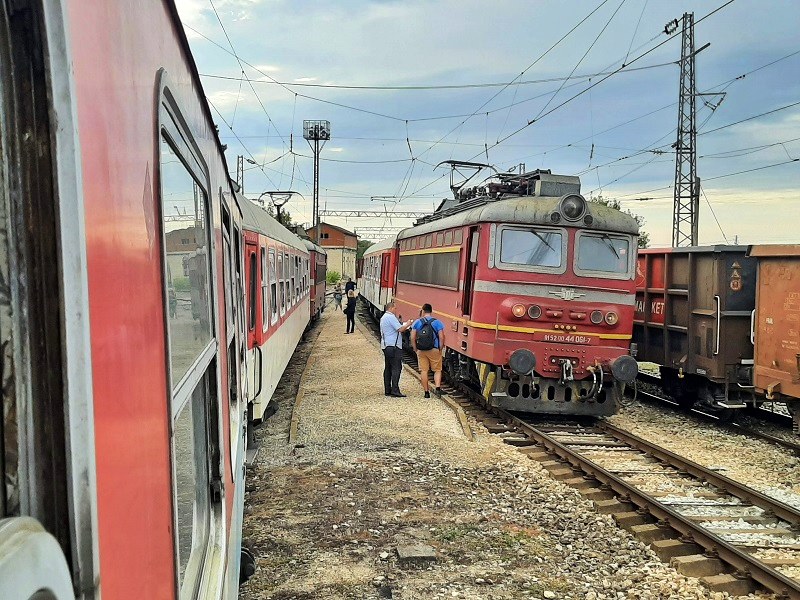
Scenic railway lines in Bulgaria
Given that Bulgaria has a couple of imposing mountain ranges, it’s no surprise that the country also has a couple of highly scenic railway lines.
The railway line from Gorna Oryahovitsa south towards Veliko Tarnovo, Stara Zagora, and Dimitrovgrad offers some breathtaking scenery.
Also the railway line from Sofia north-east towards Mezdra (which is used by trains to Vidin, Ruse and Varna) is highly scenic as it traverses the imposing Iskar Gorge.
Perhaps the most beautiful train ride of them all in Bulgaria is the Rhodopes narrow-gauge railway line from Septemvri to Dobrinishte, which is an absolute must for train travel fanatics.
From the Septemvri to Dobrinishte train, which also stops in the Bulgarian ski resort of Bansko, you can enjoy some spectacular mountain views.
As the railhead of this narrow-gauge railway line at Septemvri is located on the Sofia-Plovdiv mainline, it’s easy to include it on your Bulgarian rail itinerary.
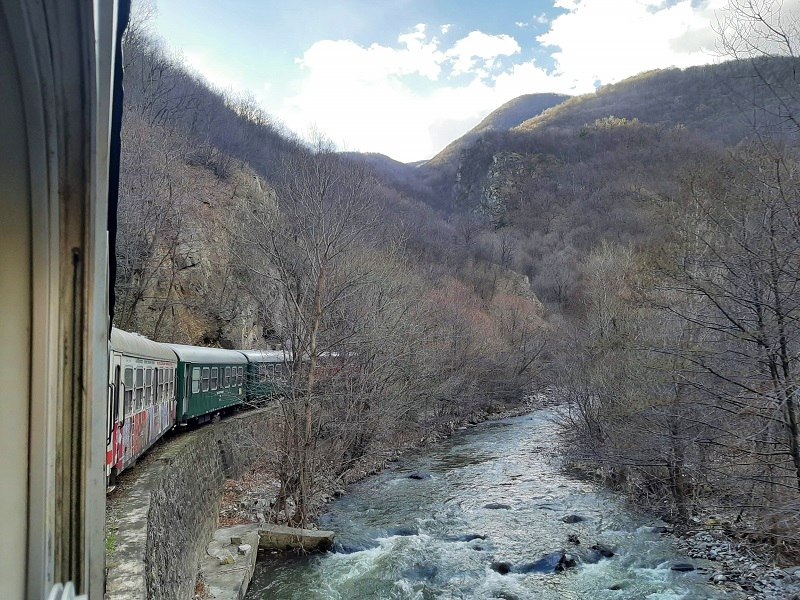
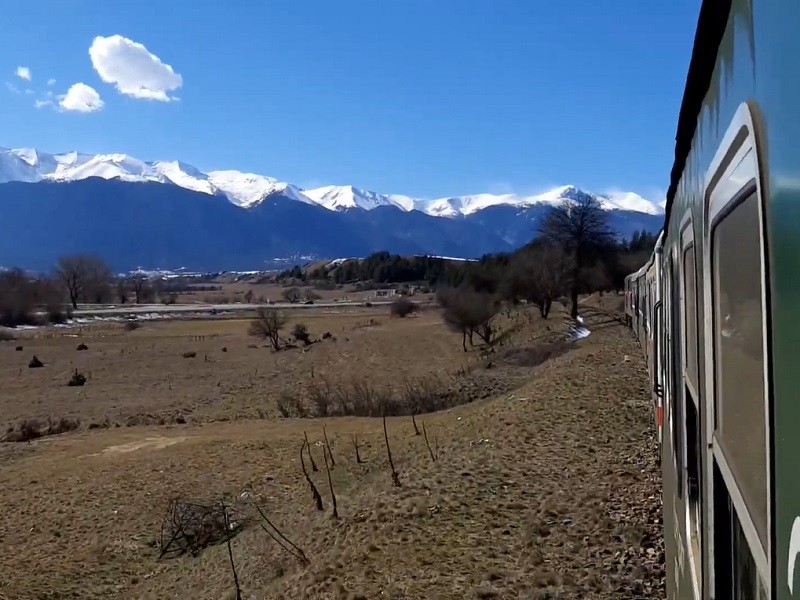
Bulgarian railway stations
Bulgarian train travel tips
Travelling by train across Bulgaria can be a great pleasure, but you should also take into account that delays are a common occurrence.
It’s therefore best not to rely on short connections and to always have a backup plan in case you misconnect, such as checking in advance whether there is a later train that will bring you to your intended destination in time.
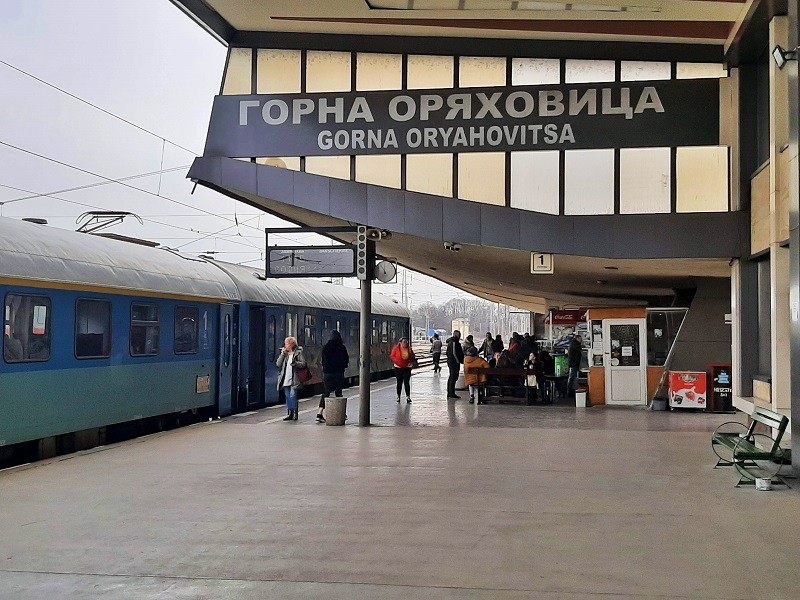
Conclusion
Travelling by train is a great way to see the magnificent cultural and natural sights of Bulgaria.
Although Bulgarian trains can be grubby and old, they are comfortable and highly affordable.
Sadly, there is much to be left desired when it comes to international train travel to and from Bulgaria.

